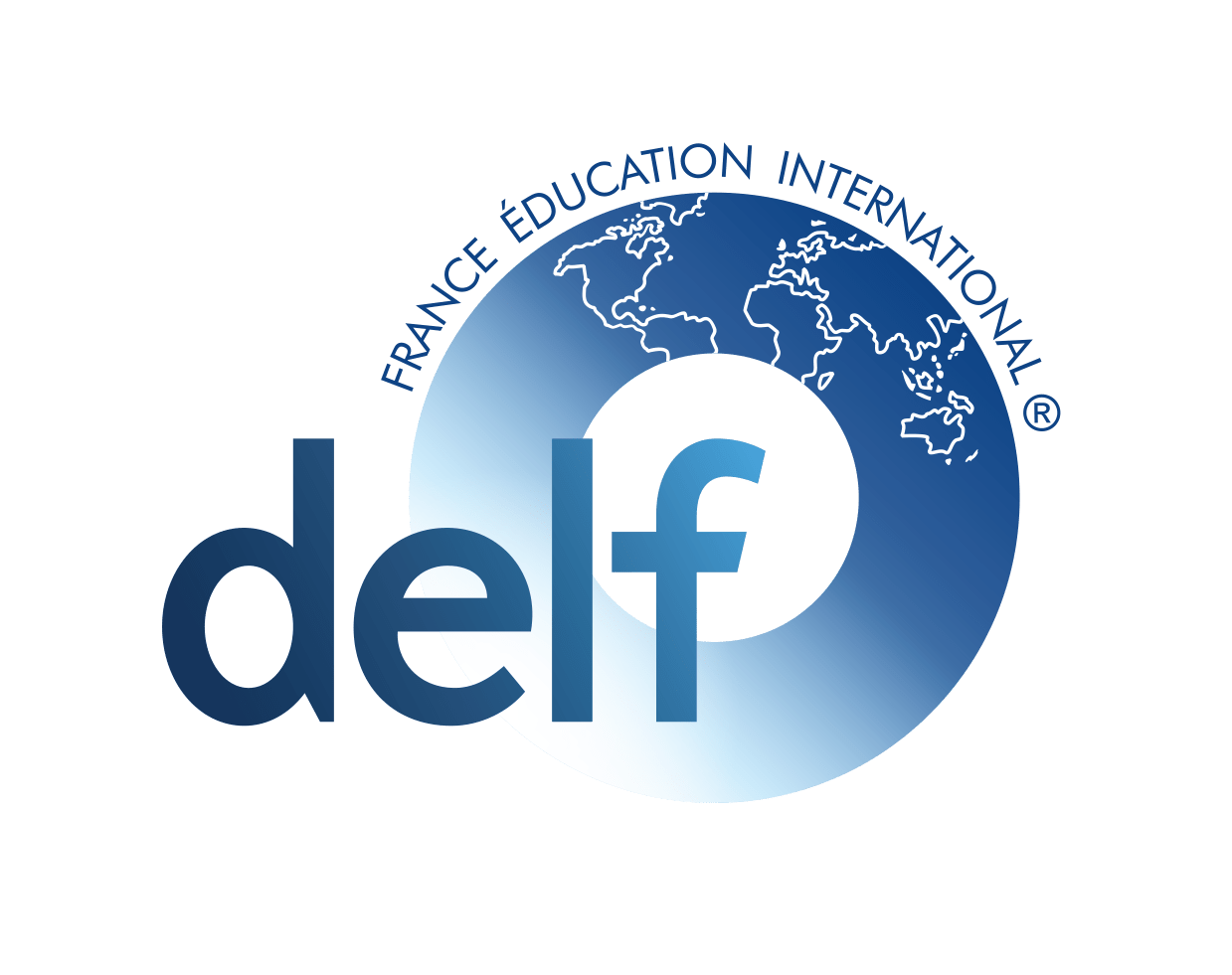IMPORTANCE OF LITERACY
Literacy it is the process by which a student learns how to read and has the competence to interpret a text as well as to write using an alphabet.
It is the ability to read and write. This occurs from 4 to 6 years. Children are assigned various tasks that involve literacy activities.
Literacy means the union of two processes that are totally connected to each other: reading and writing.
The ability to know how to read and write texts for different purposes is worked on with literacy. Literacy is based on interpretation and production, not on deciphering codes.
According to Pat Mirenda in 1993, he expanded the definition of literacy again: He stated that: “Literacy is more than learning to read and write” It is learning to enjoy words and stories when another person is reading them.
According to the RAE Royal Spanish Academy, literacy is called “The ability and ability to read and write properly”
Learning to read and write is a complex process that requires a certain maturity in the child…
From Piaget’s point of view (Child Psychology, 1974) “The mastery that children achieved of their cognitive abilities depends on psychological maturation and their adaptation to the physical and social environment”
Therefore, literacy constitutes a learning process in which educators place special emphasis during initial education, proposing to children various tasks that involve literacy activities.
The activities depend on an in-depth knowledge of the students that we have in each course to be able to stipulate the best and most appropriate strategies.
Reading and writing are complex but fundamental activities which resulted in the fact that human beings continue to learn for the rest of their lives.
Reading and writing allow us to build meanings to expand our knowledge but also facilitates the opening of new channels of communication between students and the social environment in which they operate.
It should be noted that both tools, reading and writing, must be introduced to the child in a motivating way, that they catch their attention and that they like. Interesting activities that promote fine motor skills and visual-motor coordination, such as working with plasticine, chopping or using the brush and paint to create their own works that result from the student’s imagination and creativity.
Our students learn to read and write in a dynamic, motivating and practical way.
Through the sounds of the letters, the phonemes are minimum units of the language, different from each other, that all speakers know and when we use them we do so in the form of sounds or letters.
The phoneme is the mental image of a sound.
Viewing different videos and autonomously capturing the different concepts and making classifications.
From my personal experience, learning to read and write is a process that is achieved when the child is at an optimum degree of maturation and with the rest of their emotional conditions (family, friends, environment…) they do not suffer from any anomaly.
Every child will learn to read sooner or later, it is a somewhat complex skill that requires many different skills.
All of these skills together lead to the ultimate goal of reading: “Reading comprehension”.
Ana Esteban Blázquez
Primary Teacher



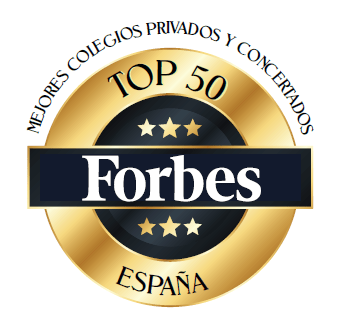
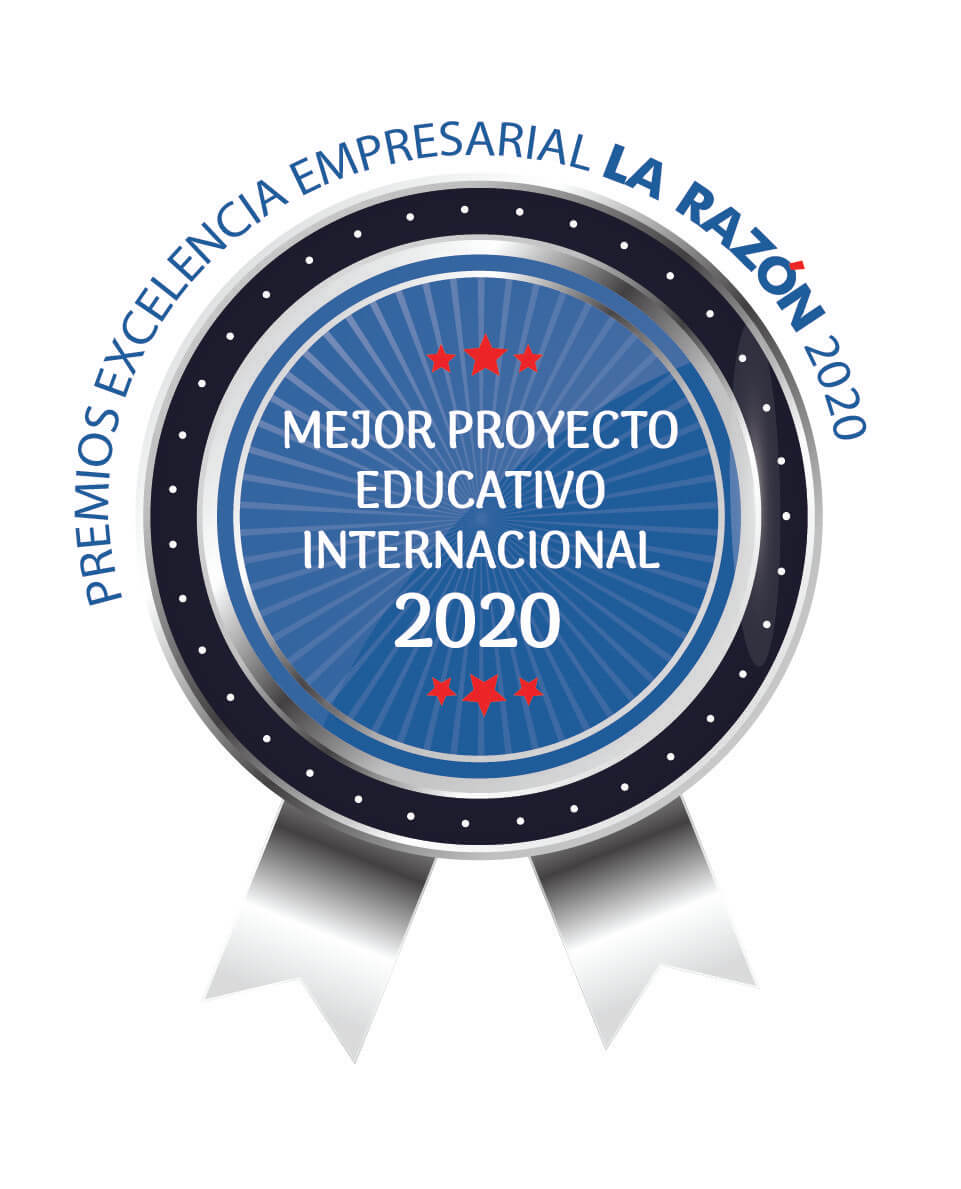




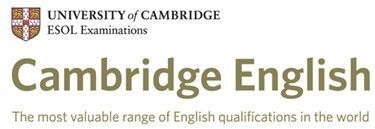


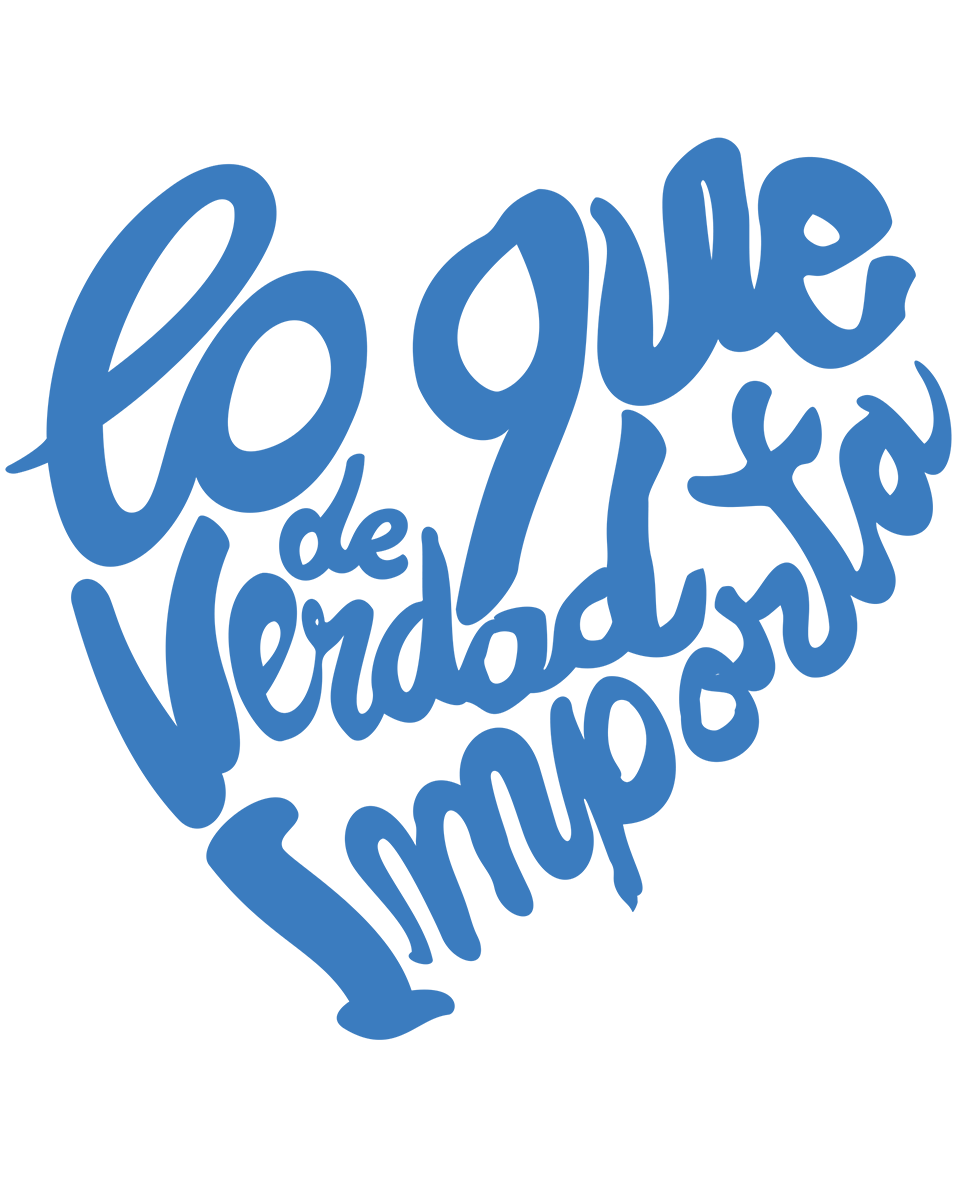
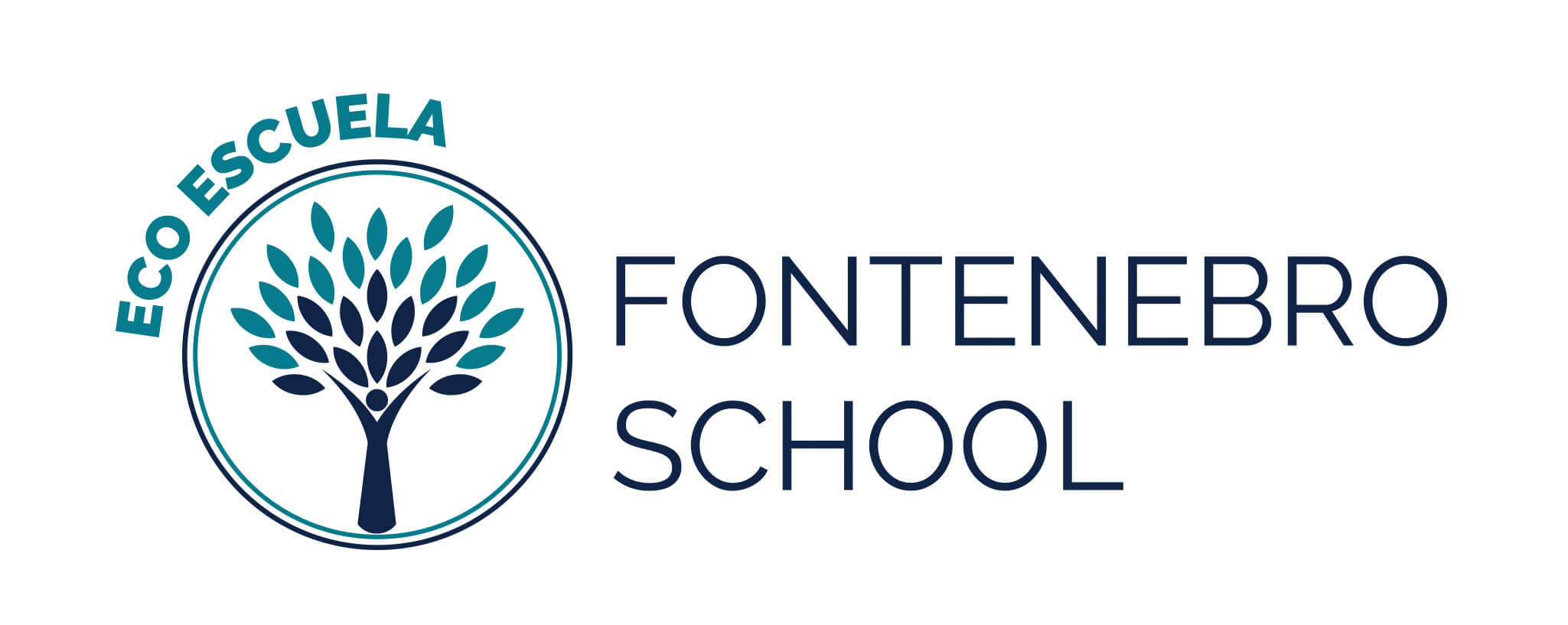
![BAPParentLogo[5]](https://fontenebroschool.com/wp-content/uploads/2020/09/BAPParentLogo5.png)
